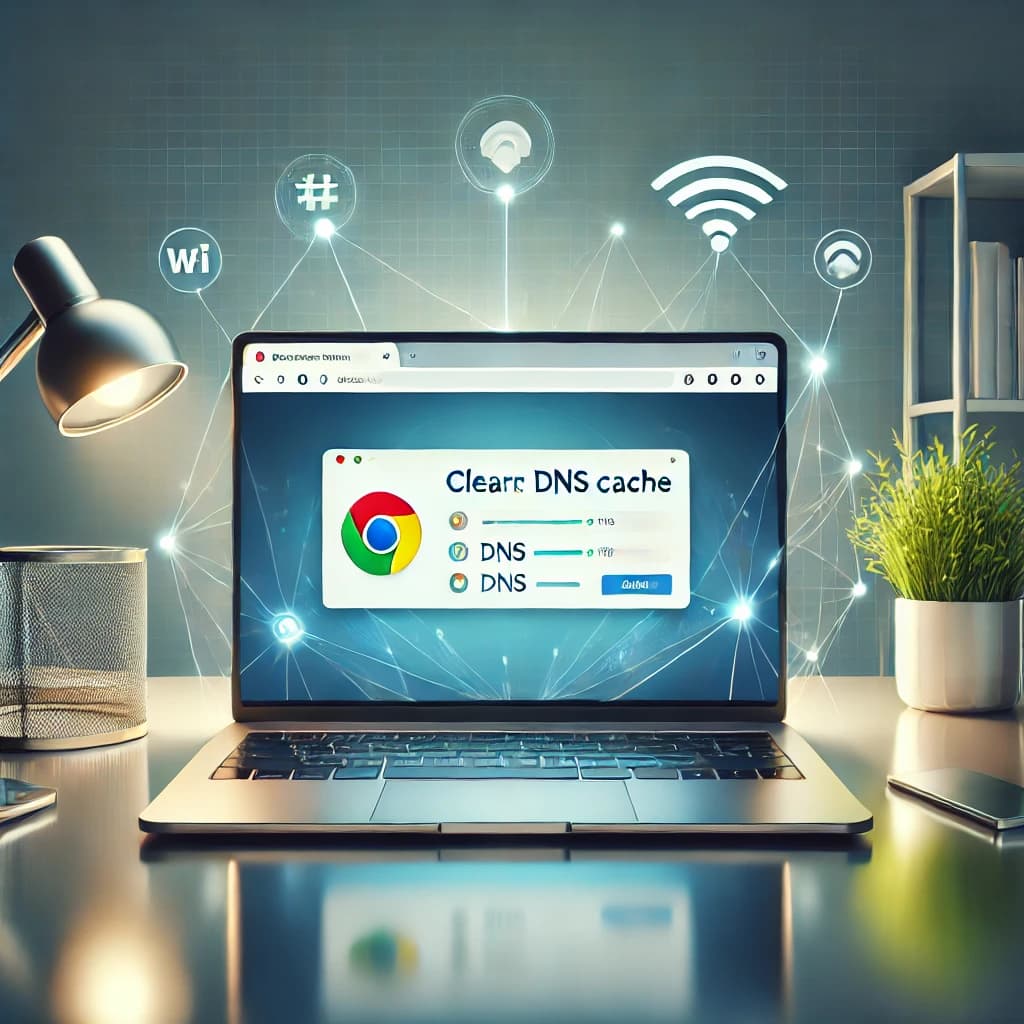What are you looking for?
THE TECH PRODUCT
THE DESIGN STUDIO
THE MEDIA HOUSE
THE MARKETING STUDIO
THE AR LAB

Learn how to clear the DNS cache in Chrome with this easy-to-follow tutorial. Fix website errors, improve speed, and boost your browsing performance today!
Have you ever encountered a website that refuses to load or displays outdated information? Don’t worry—it’s not always the website’s fault! Sometimes, the culprit lies in your browser’s DNS cache. Clearing it can solve many browsing problems in seconds.
In this blog, we’ll explore what the DNS cache is, why clearing it is crucial, and provide a simple step-by-step guide to help you clear your DNS cache in Chrome.
Before diving into the steps, let’s understand the basics.
The DNS cache is a temporary storage of DNS records maintained by your browser. It helps Chrome quickly load websites you’ve visited before by skipping the need to look up the website’s IP address again.
However, sometimes this cache can:
That’s why clearing your DNS cache can solve many browsing hiccups!
Here are the top reasons:
Follow these simple steps to clear your DNS cache:
1.1 Open Google Chrome on your computer.
1.2 Type the following in the address bar:
Copy code
chrome://net-internals/#dns
1.3 Press Enter to access Chrome’s DNS settings.
Pro Tip: If you’re still experiencing issues, consider flushing your system-wide DNS cache. For Windows users, open Command Prompt and type:
Copy code
ipconfig /flushdns
No, clearing DNS cache only removes temporary DNS records. Your saved bookmarks, passwords, and browsing history remain intact.
Yes, if outdated DNS records are slowing down website loading times, clearing the cache can help.
Over time, cached records can become outdated or corrupted, leading to browsing errors and slower performance.
Clearing your DNS cache in Chrome is a quick and easy way to resolve browsing errors, maintain privacy, and boost performance. By following the steps in this guide, you can enjoy a smoother, more efficient browsing experience.
Got any questions or faced any issues? Drop them in the comments below, and we’ll help you out!